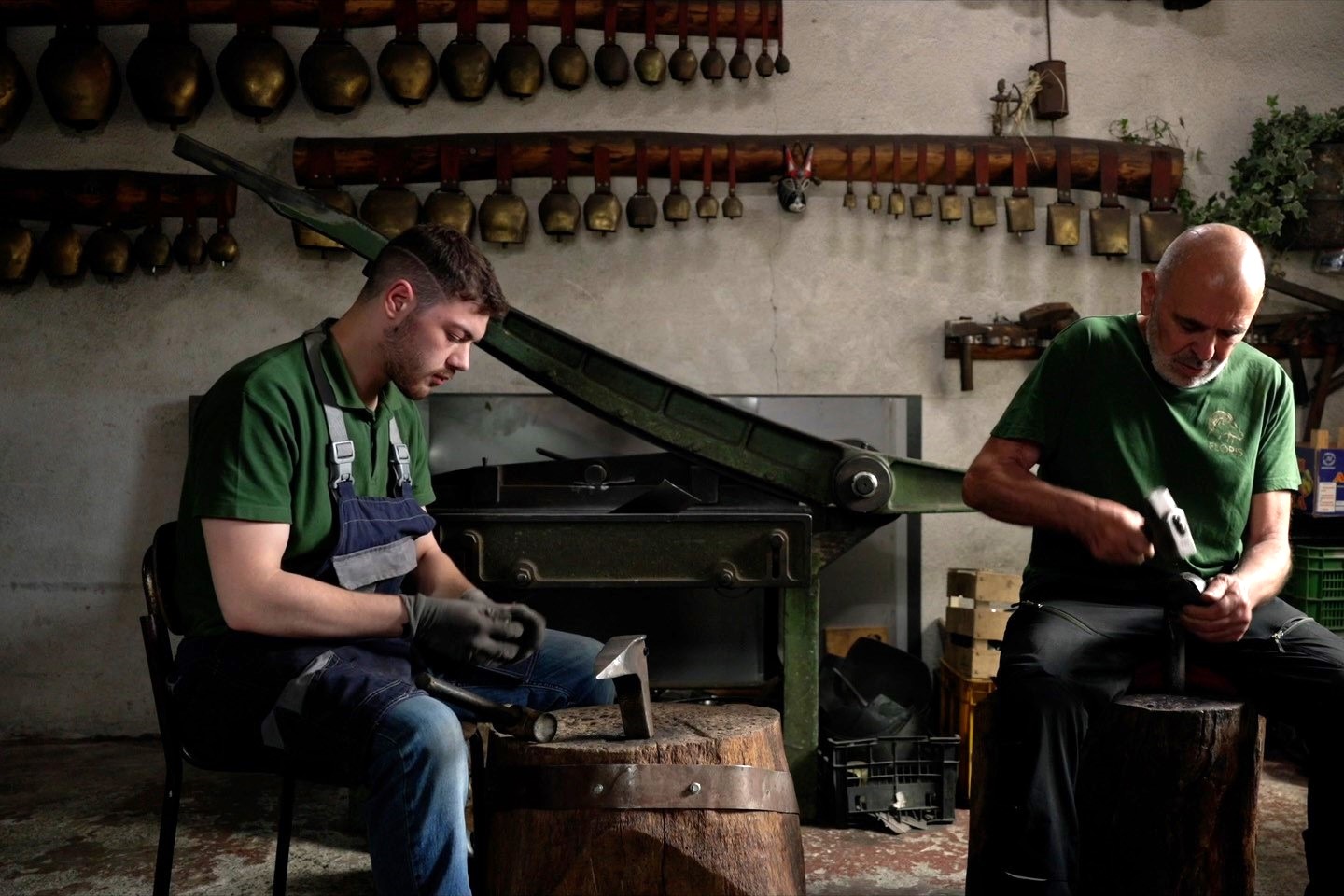We don’t know what his reaction was when he first saw it but, after a brief explanation, Morgan Freeman must have understood what the cucù — the little whistle made of terracotta — donated by Matera’s Mayor during his visit in Italy, was meant for.
In fact, he tried to play it, and did not fail to wish great success to the people working on the remake of Ben Hur’s movie, now filmed in the famous città dei sassi.
A few months ago, Matera was chosen as the European Capital of Culture, beating out other fabulous Italian towns, like Lecce and Siena. What impressed most about Matera was the mix of culture, art, history, and traditions that are still well and proudly preserved by its residents: it represents, has been said, “the most outstanding, intact example of a troglodyte settlement in the Mediterranean region, perfectly adapted to its terrain and ecosystem, illustrating a number of significant stages in human history.”
One of these traditions is represented by local craftsmanship, an important part of the regional economy: artisans still run their tiny botteghe where they display their ability to create things from scratch. This is where the famous little whistles as well as dolls and carvings come from, all made of terracotta (the traditional clay).
Production varies by the type of item, and makes of terracotta the finest example of Italian craftsmanship and the symbol of the cultural heritage of the entire region.
The objects displayed at the Museo Nazionale Domenico Ridola are impressive, and show that terra cotta work dates back to ancient times. In particular, the archaeological excavations of Serra Alto, show the extraordinary skill involved in producing these little masterpieces.
The tradition of making whistles and dolls has not changed much over time and is very much alive. Ancient techniques are employed along with a historic passion for the work. Most shops have their own laboratory in the back, where potters shape and paint beautiful, colorful creations which easily become unique.
Whistles are part of culture on every continent. Those made in Matera are called “cucù,” the dialect word for the cuckoo bird, whose sound is recreated by breathing into the whistle.
Recognized worldwide as Matera’s symbol, whistles usually have the shape of a rooster or a dove. If the cucù depicts a rooster, it is meant as symbol of strength and defense against evil. In the past, the vibrant colors were associated with various superstitions. To help drive out evil spirits, people placed whistles inside the house, close to the fireplace and the clothes of children not yet baptized.
The production of whistles in Matera has always been connected to local celebrations, such as the fair for the Madonna of Picciano, the Easter Monday trip to the church of Frati Cappuccini, and Ferragosto Day, August 15. During these events, buying a “cucù” for pilgrims’ kids was considered almost mandatory.
Whistles were also needed to express the emotional and religious involvement in the pilgrimage. At other times, the whistles had a “social” function: indeed, a whistle was usually bought for a boy to wish him fertility in life. Then he would give it to his fiancée after declaring his love; the more highly decorated the cucù, the bigger the promise of love was considered to be.
One of the most famous craft shops existing in the city is Geppetto’s: located in the heart of Matera, the central Piazza del Sedile, this store collects and distributes the artifacts of some local artisans. The idea behind this project is to retain family ties and to focus on the skills held by older artisans.
Today these objects have lost their traditional function, but they are inspiring furniture design that can add a touch of originality and modernity to domestic environments.































